It’s Just Got To Be BEV
CleanTechnica EVs
JULY 27, 2021
Only 100% battery electric vehicles (BEVs) have the potential to create the deep cuts in greenhouse gas emissions in the transport sector that the world needs to avoid catastrophic climate change. But what about hybrids, hydrogen fuel cells, biofuels, and electrofuels? Hybrids […].











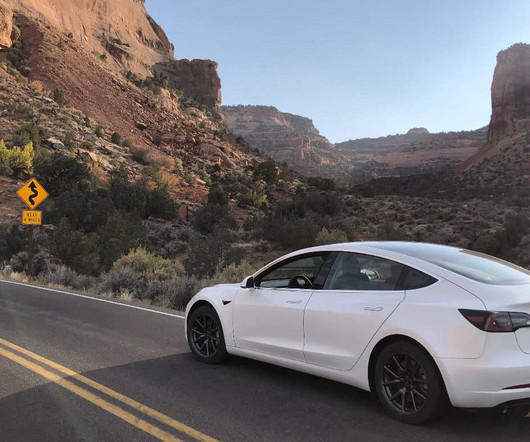











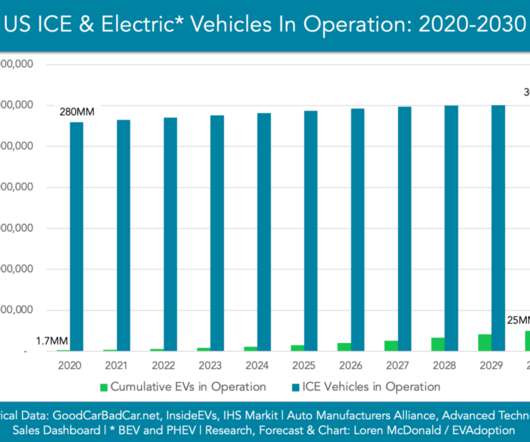
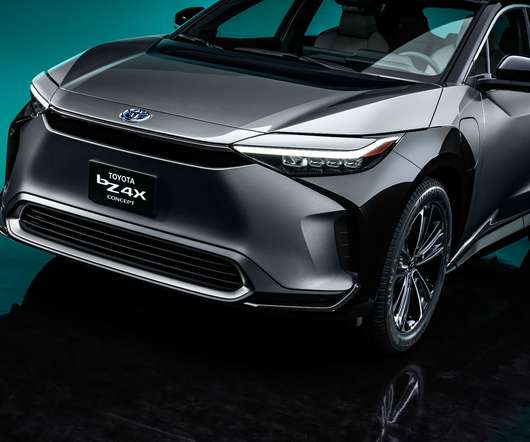

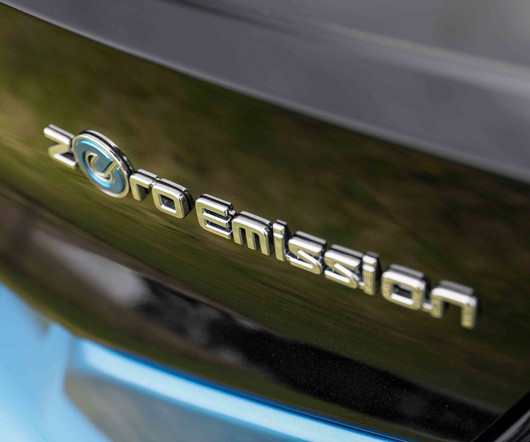
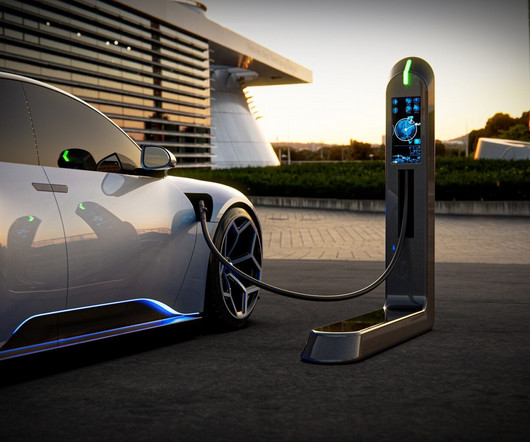
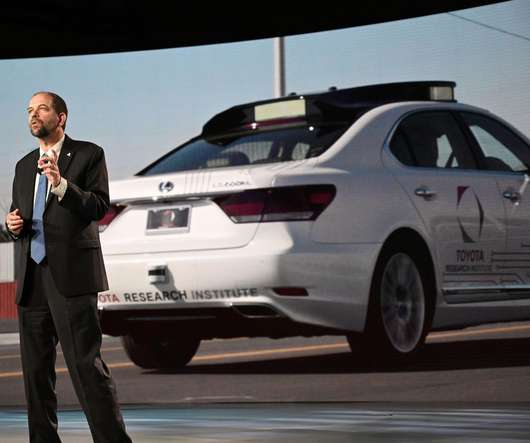
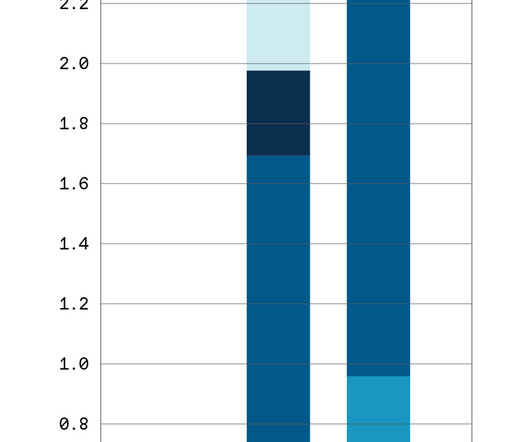



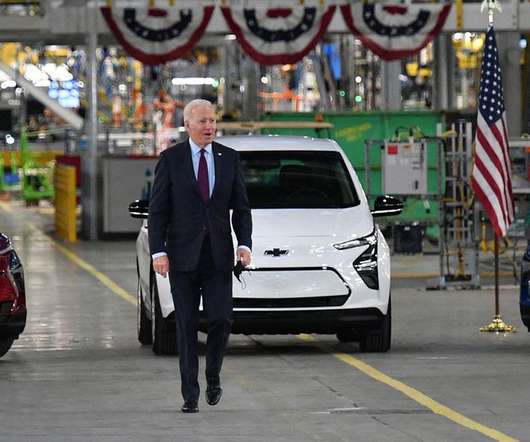






Let's personalize your content